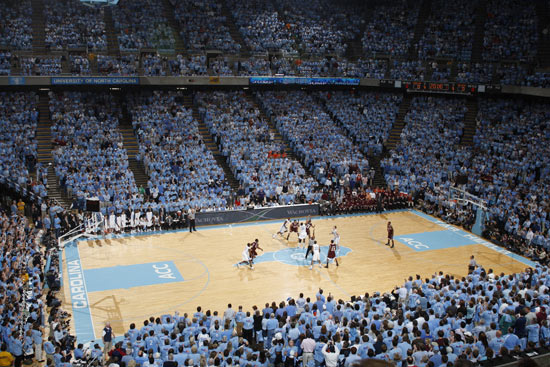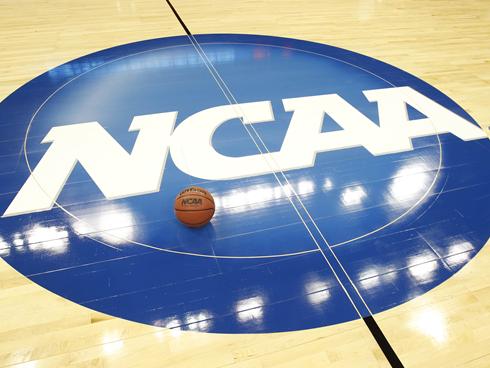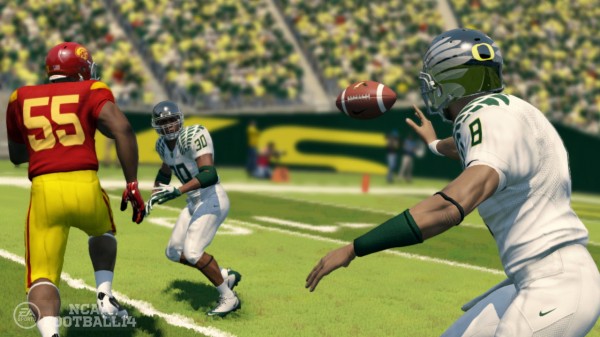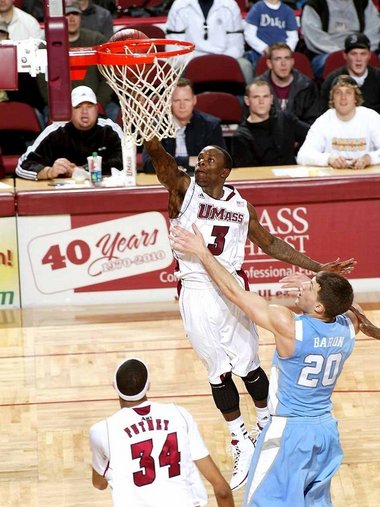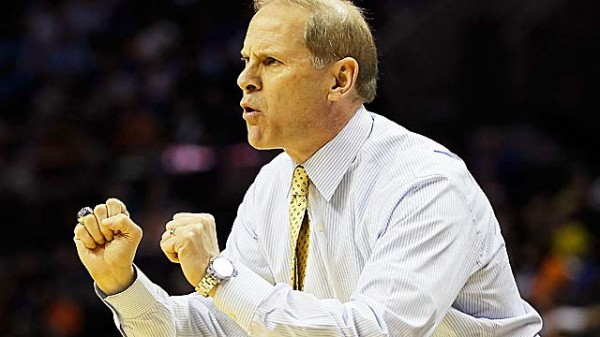Pac-12’s Stance Against Grand Canyon Is Laughably Ironic
Posted by Chris Johnson on July 23rd, 2013Chris Johnson is an RTC Columnist. He can be reached @ChrisDJohnsonn.
In a letter signed by league presidents and directed to the NCAA’s Executive Cmmittee on July 10, the Pac-12 voiced its unanimous opposition to the Division I promotion of Grand Canyon University, the first for-profit institution to, in essence, enter the college sports big leagues. The presidents laid out their opinion in clear, unmistakable, vehement tones. They want Grand Canyon out of Division I because Grand Canyon isn’t like other Division I schools. “Our major concern is how athletics fit within academic missions of for-profit universities,” read the letter. The presidents’ concerns are not unfounded – Grand Canyon is on the vanguard of for-profit schools entering Division I (the school began its transition process from Division II on July 1, and will be eligible for the NCAA Tournament as a member of the decaying WAC conference in 2017-18; Grand Canyon does not have a football team.) Anytime something new breaks into the college sports lexicon – or any major field of interest, really – there are going to be questions. There’ll be detractors, too, and the Pac-12 is leading this particular faction with a determined conviction to block Grand Canyon’s move. There’s no going back now.
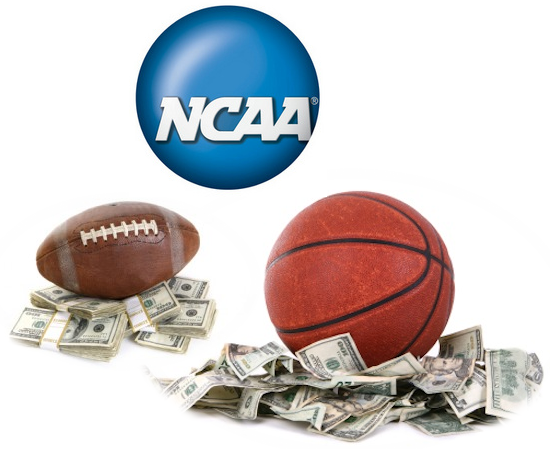
Division I’s first for-profit institution has incited protest from Pac 12 schools (Credit: ShermanReport.com)
I just have one question: Did all of the Pac-12’s presidents just sleep through the past three years of conference realignment? Because it almost seems that way. I mean, how else can you rationalize a group of D-I presidents who, in the wake of almost three years of non-stop financially-driven realignment, openly question whether a program is doing something in the service of its own “academic mission?” What did the recent realignment frenzy tell us, if not that schools have absolutely zero regard for their “academic missions” or decades-old rivalries or cultural fit or geographic common sense or anything else not related to a program’s bottom line, when making major decisions about their place in the college sports landscape? Did the constantly shifting allegiances, the explicitly discussed dollars-fueled realignment moves, the near-implosion of a Big Six conference, not say anything about the incentives of major college sports programs? Money, bundled in TV contracts and broadcast rights deals, was the wind blowing conference realignment’s sails, and while the league-hopping drama may have reached a temporary stasis, the whole ordeal left a distinct impression about the way modern college sports are governed. The motivation is clear: Get money now and deal with everything else later.





























